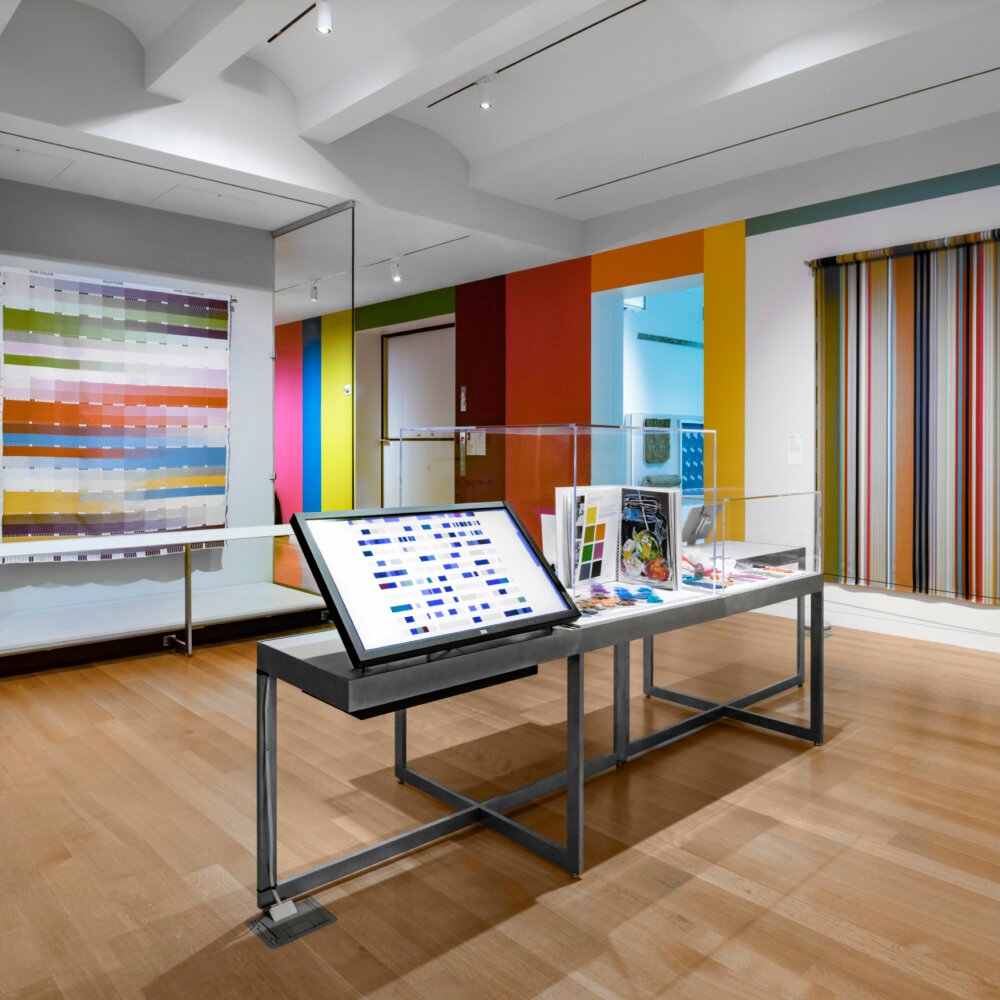In the world of modern museums, the architecture is no longer just a container for exhibits—it is part of the narrative itself. From iconic facades that echo cultural identity to interiors that guide the visitor journey with intentional symbolism, museum architecture has evolved into a powerful storytelling medium. In this era of experiential design, the building doesn’t just house history—it tells a story of its own.
The Rise of Experiential Architecture
As museums compete with digital entertainment and short attention spans, curators and architects are reimagining how space can communicate meaning. Today, museum interior design isn’t just about function—it’s about form, feeling, and flow.
- The Guggenheim Museum in Bilbao doesn’t just display modern art—it is modern art.
- The Jewish Museum in Berlin, designed by Daniel Libeskind, physically embodies themes of loss, memory, and continuity through its fragmented design and voids.
- The Louvre Abu Dhabi evokes the concept of a “museum city” floating under a vast dome of light—paying homage to both tradition and future.
These are prime examples of architectural storytelling—where the structure itself sparks emotion and context, even before a single exhibit is seen.
Form That Follows Narrative
Designing a museum as part of the story begins with understanding the narrative—whether historical, cultural, artistic, or scientific. Architects and interior designers use space, materials, and light to express the underlying theme:
- Angular, asymmetrical forms may evoke conflict or evolution.
- Natural stone, wood, and light can represent harmony, heritage, or reverence.
- Curved pathways and hidden nooks might suggest mystery, discovery, or exploration.
This thoughtful choreography of space helps shape the visitor’s emotional and intellectual journey, allowing them to feel as much as they learn.
Integrating Architecture with Exhibits
When done right, the building and the exhibits become inseparable. Instead of traditional white-walled galleries, immersive museum interiors now:
- Flow organically with the exhibit layout
- Use architecture to create dramatic transitions between themes
- Embed interactive zones within structural features
- Employ lighting, ceiling heights, and acoustics to influence pacing and mood
For example, a museum on ancient civilizations may integrate rough stone textures, archways, and open courtyards to transport visitors into the world of its exhibits—not just through visuals, but through spatial storytelling.
A Building That Educates
Beyond aesthetics, museum buildings themselves can educate and inspire. Sustainable materials, solar panels, rainwater harvesting systems, and green roofs can turn the structure into a lesson in environmental responsibility. Transparent walls can symbolize openness or invite curiosity about the inner workings of the institution.
The architecture becomes a living exhibit—one that sparks questions and dialogue long after the tour is over.
Final Thoughts
In the age of immersive learning and curated experiences, architectural storytelling is no longer a luxury—it’s a necessity. A museum building has the potential to deepen the narrative, enhance emotional resonance, and offer a first impression that sets the tone for everything that follows.
When architecture becomes part of the exhibit, the space itself becomes unforgettable—not just for what it contains, but for what it communicates. Visit Design Arc Interiors.







Leave a Reply